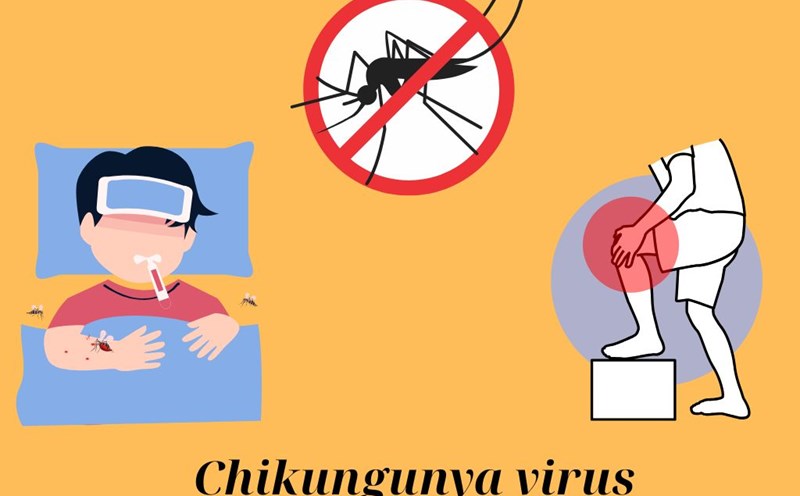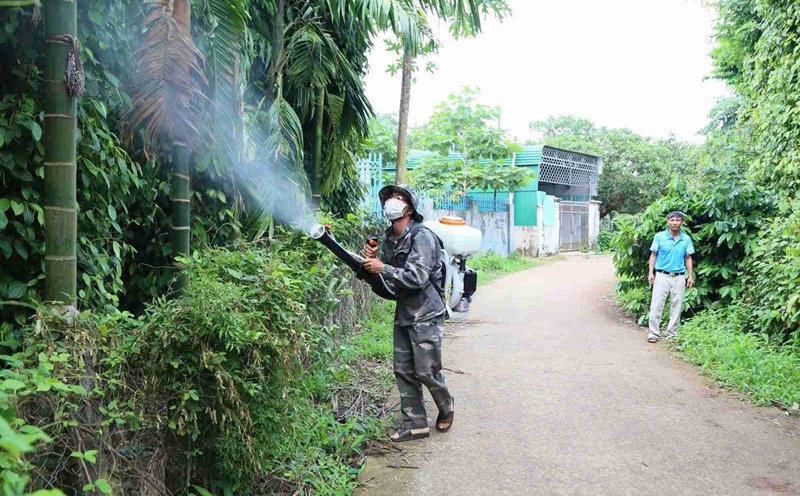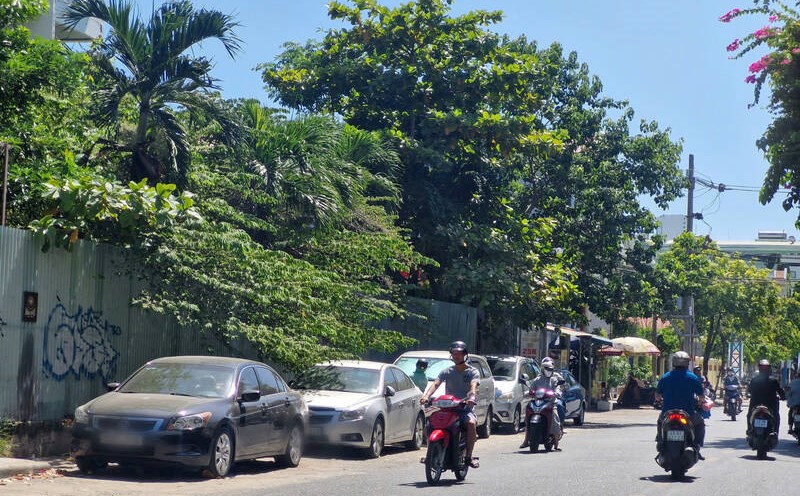Risk of Chikungunya epidemic entering our country
Chikungunya is an infectious disease caused by the Chikungunya virus (CHIKV), which is not transmitted directly from person to person but is mediated by Aedes mosquitoes (the same type of Aedes mosquito that transmit dengue fever). The mosquitoes are mainly bitten during the day and can peak their activity in the early morning and late afternoon.
Discussing the situation of Chikungunya epidemic and the risk of infection in Vietnam, Mr. Vo Hai Son - Deputy Director of the Department of Prevention, Ministry of Health - said that the Department of Prevention is coordinating to monitor the epidemic situation and share preventive and control measures to promptly report and propose appropriate and effective epidemic prevention and control measures.
Mr. Son said: Currently, the infectious disease monitoring system in our country has not recorded any reports of Chikungunya cases from localities. However, Chikungunya is on the rise in some countries in the region, especially in China; Meanwhile, Aedes mosquitoes that transmit the disease have also been circulating in many localities; therefore, there is a high risk of the disease entering our country through people entering the country to carry the pathogens and spreading to the community.
To proactively prevent, prevent and prevent the spread of the disease, the Department of Disease Prevention has directed the International Health Quarantine Centers of provinces and cities/Center for Disease Control of provinces and cities to strengthen health quarantine at border gates to promptly detect suspected cases, contract diseases, carry disease-carrying vectors for management and handling immediately at border gates; organize disease-carrying mosquito monitoring, handle mosquitoatteratteratteratteratteratteratteratteratteratter and eliminate commune-based flegm control and develop a plan to prevent and control Chikungunya at border gates; prepare human resources, supplies, chemicals, equipment, and means to promptly respond in case of an outbreak.
Monitoring the health of people returning from epidemics
According to Deputy Minister of Health Nguyen Thi Lien Huong, in the face of the complicated epidemic situation in the world, the Ministry of Health has directed the Departments of Health of provinces and cities to strengthen supervision and detect suspected cases early to thoroughly handle outbreaks right from the first case; at the same time, organize the preparation to receive and treat patients, and decentralize expertise to avoid hospital overload.
In particular, people from countries and regions with increasing Chikungunya epidemics need to proactively monitor their health within 12 days. If there are any unusual signs of health such as fever, joint pain, rash... you should immediately go to a medical facility for timely examination, consultation and treatment, the representative of the Ministry of Health recommends.
People in households and residential areas need to cover all water containers so that mosquitoes do not lay eggs, kill mosquito larvae, ticks, etc. Sleeping on a mattress and wearing long clothes to prevent mosquito bites even during the day.
Actively coordinate with the health sector in spraying chemicals for epidemic prevention and control. When you have a fever, go to a medical facility immediately for examination and treatment advice. Do not arbitrarily treat at home.
People traveling and working in areas with Chikungunya are increasingly sick and need to proactively prevent mosquito bites. Proactively monitor your health and notify the health agency when you have symptoms similar to Chikungunya.
People should not arbitrarily diagnose and treat at home
Symptoms of Chikungunia appear 4 to 8 days (death anniversary from 2 to 12 days) after being stung by a mosquito. The characteristic of the disease is high fever, sudden start, often accompanied by severe joint pain. Other common signs and symptoms include stiffness, arthritis, headaches, fatigue, and rashes. Symptoms are similar to dengue fever, but signs of pain and swelling in the joints are often more obvious, while dengue fever often has more signs of bleeding.
However, the health sector recommends that people should not arbitrarily diagnose and treat at home; when there are signs of suspected illness, they must immediately go to the nearest medical facility for timely consultation, examination and treatment.











